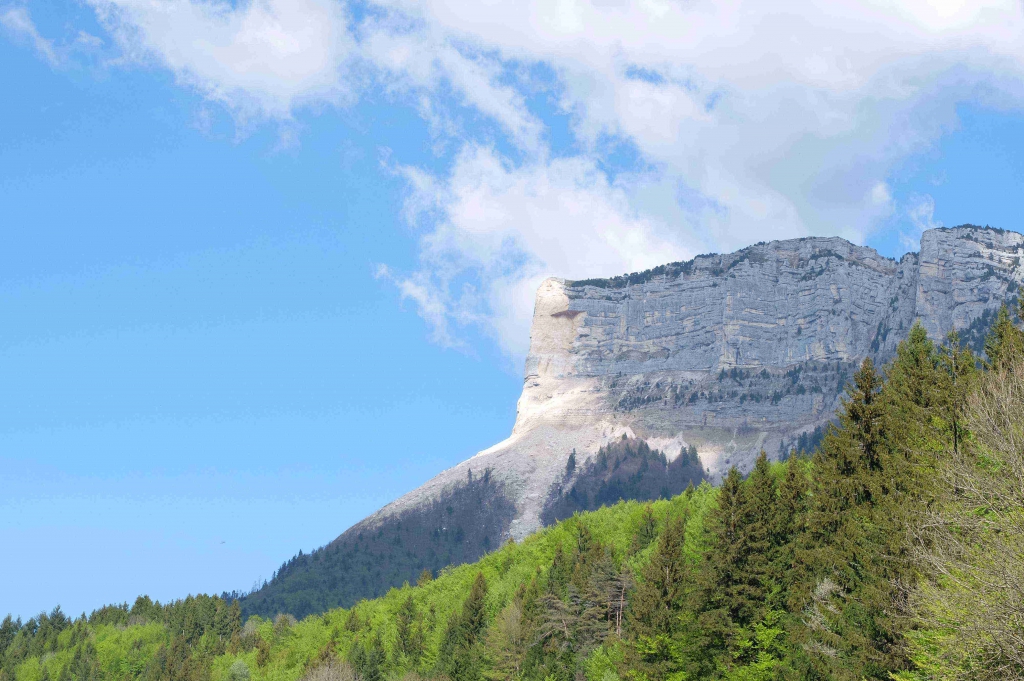I have watched the mountain fall and the sphinx lose its nose – the Granier did crumble.
Mountains do not last forever, in the end.
Far from being durable, erosion brings continuous changes to these areas, which are thus never truly outlined. Erosion is what carves the mountain.
That observation led me to think again on my research centered on the Chartreuse Mountains where I live and work – it is the heart of my activities.
The 'Repeating the mountain' project questions the very composition of the landscape : what builds it and also changes it.
What gives it its shape as well as its sensitive nature.
I used here materials that were essentially given by the mountains, such as ores and clay.
Thus the mountain itself becomes the matrix, the very technique of this work.
The matter of which the subject is made off eventually turns into this work's base material.
I intend to decipher the way we usually perceive landscapes by borrowing from geomorphological fiels of research.
By taking on a asian-looking styling – similar to Chinese paintings, Japanese 'suiseki' and so on – I also question the origin of the magic emerging from the sole contemplation of the mountains.
Beside the technique, another important element my work requires is physical involvement, as you need to go to the mountains, carry the gear for site-based work, and then finally gather the materials for later production, in the workshop.
The pieces of this work result from specific protocols, sustained by a combination of testing, observations and field actions. Though imagined, those volumes and drawings are, however, not entirely free of any vision of the world. They rather become poetic imprints of what is real : testimonies of the landscape's own gestation as well as of how it is actually moulded.
Mountains do not last forever, in the end.
Far from being durable, erosion brings continuous changes to these areas, which are thus never truly outlined. Erosion is what carves the mountain.
That observation led me to think again on my research centered on the Chartreuse Mountains where I live and work – it is the heart of my activities.
The 'Repeating the mountain' project questions the very composition of the landscape : what builds it and also changes it.
What gives it its shape as well as its sensitive nature.
I used here materials that were essentially given by the mountains, such as ores and clay.
Thus the mountain itself becomes the matrix, the very technique of this work.
The matter of which the subject is made off eventually turns into this work's base material.
I intend to decipher the way we usually perceive landscapes by borrowing from geomorphological fiels of research.
By taking on a asian-looking styling – similar to Chinese paintings, Japanese 'suiseki' and so on – I also question the origin of the magic emerging from the sole contemplation of the mountains.
Beside the technique, another important element my work requires is physical involvement, as you need to go to the mountains, carry the gear for site-based work, and then finally gather the materials for later production, in the workshop.
The pieces of this work result from specific protocols, sustained by a combination of testing, observations and field actions. Though imagined, those volumes and drawings are, however, not entirely free of any vision of the world. They rather become poetic imprints of what is real : testimonies of the landscape's own gestation as well as of how it is actually moulded.
